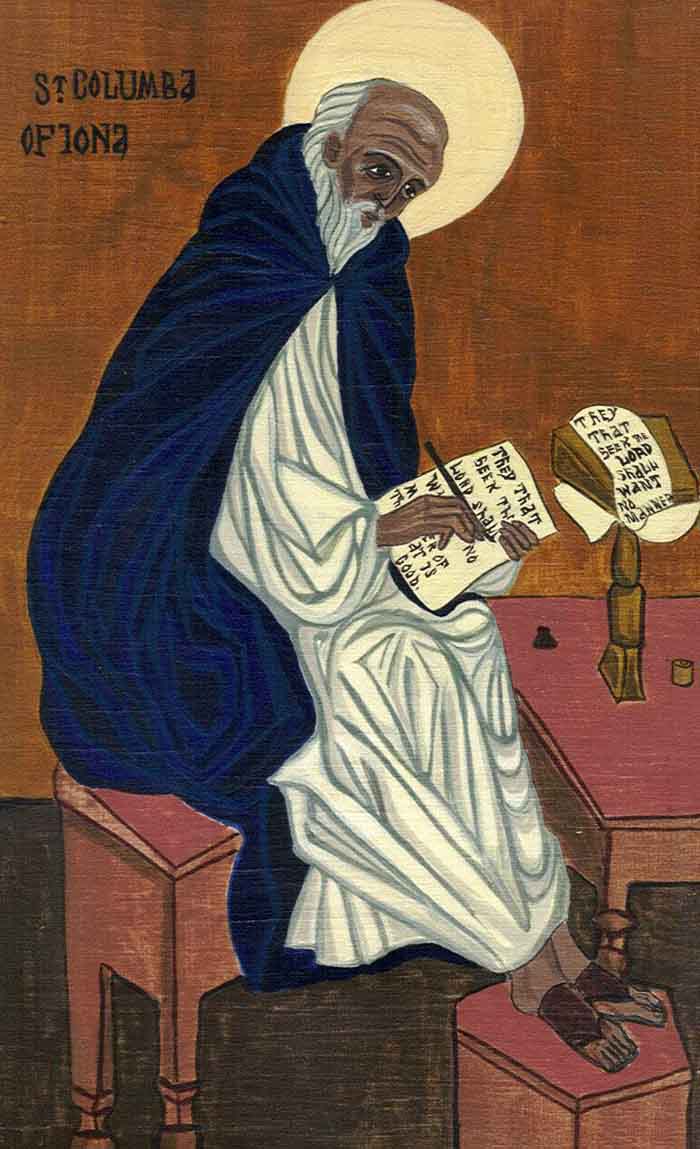+
"The cursus or rhythmic pattern of rhetorical Latin was so ingrained in Cranmer's mind that an English formula which did not have the same characteristcs never sounded 'religious' to him: and he unconsciously retained the rhythmic patterns he had heard from childhood.
"In Latin, these patterns were achieved by a deliberate arrangment of various combinations of a dactyl, a pyrrhie, and a trochee and, in English, Cranmer added words and paraphrased the Latin originals, in order to achieve the same rhythms.
"Unfortunately, English is by nature iambic in rhythm, and this quality could never be completely overcome. In consequence, Cranmer (bearing in mind that the process was unconscious) had to compromise: and his compromise took the form of a regularly occurring choriambus. In a word, therefore, the rhythms of English liturgical prose are: the planus, the tardus, the velox, and the (more native) choriambus.
Richard Tatlock
An English Benedictional
Studies in Christian Worship II
London: The Faith Press, 1964
+In principium erat Verbum
















